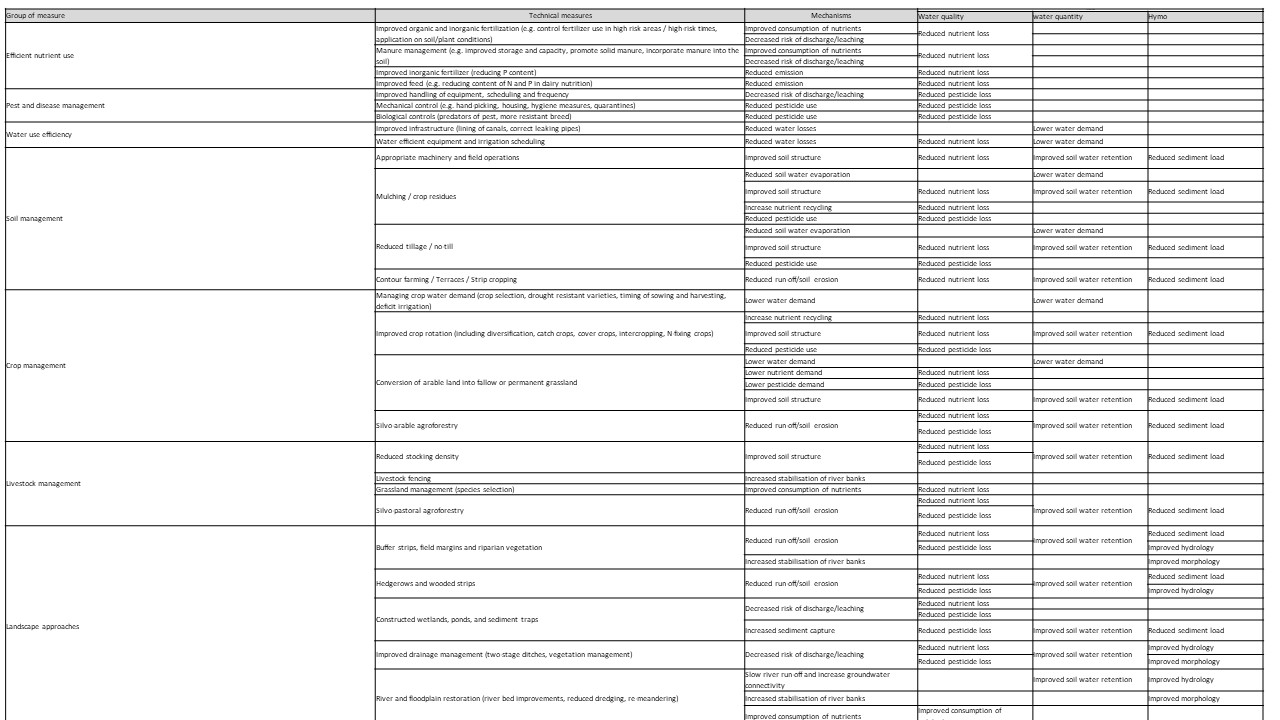Post a comment on the text below
Second, the contributions of specific soil, crop and livestock management measures to reduce agricultural pressures depend on local conditions in soils, climate, slope and other physical, technological, social or economic factors influencing farm management and field operations. Environmental trade-offs may exist. For instance, cover crops may reduce the risk of soil erosion, but they may increase water use and reduce groundwater recharge (OECD, 2014). No-tillage techniques may also reduce risks of soil erosion; however badly implemented, they can lead to soil compaction and encourage the use of herbicides to reduce costs associated with mechanical weeding (Giller et al., 2015). Other trade-offs are of relevance to the overall sustainability of the farm. For example, diversifying crop production at farm level can mitigate financial risks and improve environmental outcomes, but it can also induce higher costs to the farm (Bowman and Zilberman, 2013).
Third, the extensification of agriculture and the adoption of agroecological practices are usually associated with reductions in yields, mainly due to the phasing out of mineral fertilisers (Seufert et al., 2012; De Ponti et al., 2012) and plant protection products (Popp et al., 2013). In Europe, estimates place observed organic farming yields at between 70% (northern Europe) and 81% (southern Europe) of conventional farming yields (De Ponti et al., 2012).
Yield gaps differ largely between regions and crops. The gap is larger for countries which rely on high levels of external inputs, such as the Netherlands and Denmark (De Ponti et al., 2012). Yield gap appears larger for olives, potatoes, leguminous crops and cereals, than for fruits and vegetables (Ponisio et al., 2015). Furthermore, the yield gap between conventional and more sustainable forms of agriculture can be mitigated with careful planning of crop rotations and multi-cropping patterns, and with the development of new crop varieties that perform better in lower intensity farms systems (Ponisio et al., 2015).
Successful implementation of more sustainable soil, crop and livestock management must account the complex and diverse agronomic reality of farming, and adapt practices strategically at farm and landscape level to maximise beneficial outcomes and minimise negative ones, taking into account not only the environmental context but also its social and economic dimensions (Giller et al., 2015).
Table 4.1 Consolidated list of water management and farm practices

You cannot post comments to this consultation because you are not authenticated. Please log in.


